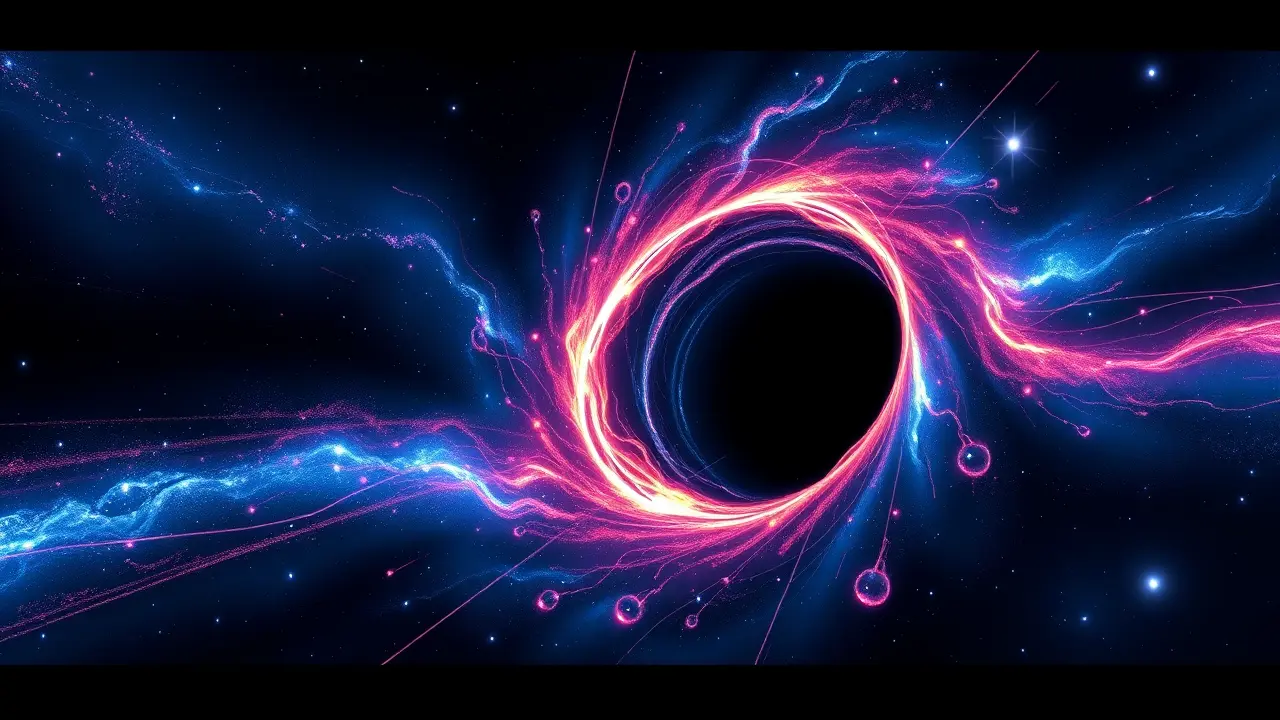
Sciencespace & astronomyBlack Holes and Galaxies
Next-Gen Black Hole Imaging to Advance Gravity Understanding
TH
Thomas Green
3 hours ago7 min read
The quest to image a black hole, a venture that once belonged squarely to the realm of theoretical physics and science fiction, is entering a revolutionary new phase. The landmark 2019 release of the first-ever picture of the supermassive black hole at the heart of galaxy M87—a fiery doughnut of light encircling a profound darkness—was not an endpoint, but a spectacular beginning.That image, a monumental achievement of the Event Horizon Telescope (EHT) collaboration, which synchronized a global network of radio observatories to create a virtual telescope the size of Earth itself, provided the first direct visual evidence of these cosmic Leviathans. Now, scientists are pushing the boundaries even further with next-generation black hole imaging initiatives that promise to test the very fabric of spacetime and advance our understanding of gravity in ways previously unimaginable.The primary goal is to move from a static snapshot to a high-definition movie, capturing the turbulent, dynamic plasma swirling around the event horizon in real-time. This requires expanding the EHT array with new telescopes in strategic locations, like the Greenland Telescope and the planned Africa Millimetre Telescope, to fill in critical gaps in the virtual dish and dramatically boost resolution.Furthermore, ambitious projects are underway to launch radio telescopes into space, such as the proposed Event Horizon Imager, which would free astronomers from the constraints of Earth's atmosphere and create a baseline far larger than our planet's diameter, offering an unprecedented leap in clarity. Why is this so crucial? Because the violent environment immediately outside a black hole is the ultimate laboratory for probing Einstein's theory of general relativity.The subtle deviations from Einstein's predictions that scientists are hunting for won't be obvious; they will be buried in the intricate dynamics of the photon ring—the thin, bright circle of light bent by the black hole's immense gravity. By studying the 'shadow' of the black hole Sagittarius A* at our galaxy's center with this new precision, researchers can look for tell-tale signs of quantum gravity effects or determine if the object's properties align perfectly with the Kerr metric, the solution to Einstein's equations that describes a rotating black hole.Any discrepancy, no matter how slight, could signal a crack in our foundational understanding of physics, potentially pointing toward a unified theory that marries gravity with quantum mechanics. As Dr.Heino Falcke, one of the pioneers of the EHT, has noted, we are on the cusp of being able to 'see the universe in a grain of sand,' where the intricate details of a black hole's silhouette could reveal secrets about the fundamental laws governing the cosmos. This isn't just about getting a prettier picture; it's a direct observational test of gravity under the most extreme conditions, a venture that connects the infinitesimally small world of quantum physics with the grand, cosmic-scale structure of the universe, bringing us closer than ever to answering some of humanity's most profound questions.
#black holes
#gravity
#imaging
#event horizon
#featured
#astronomy
#physics
Stay Informed. Act Smarter.
Get weekly highlights, major headlines, and expert insights — then put your knowledge to work in our live prediction markets.
Related News
© 2025 Outpoll Service LTD. All rights reserved.
